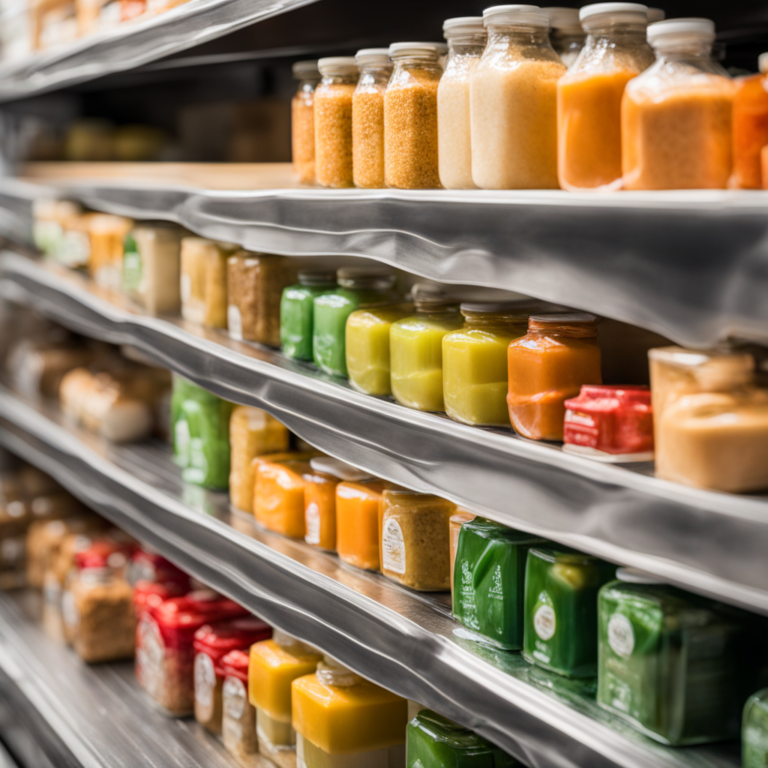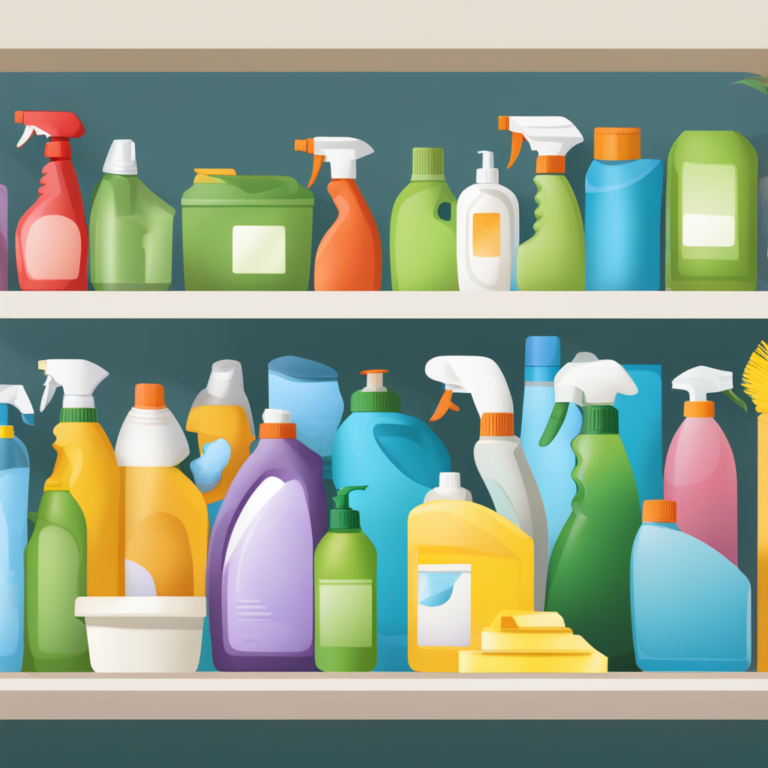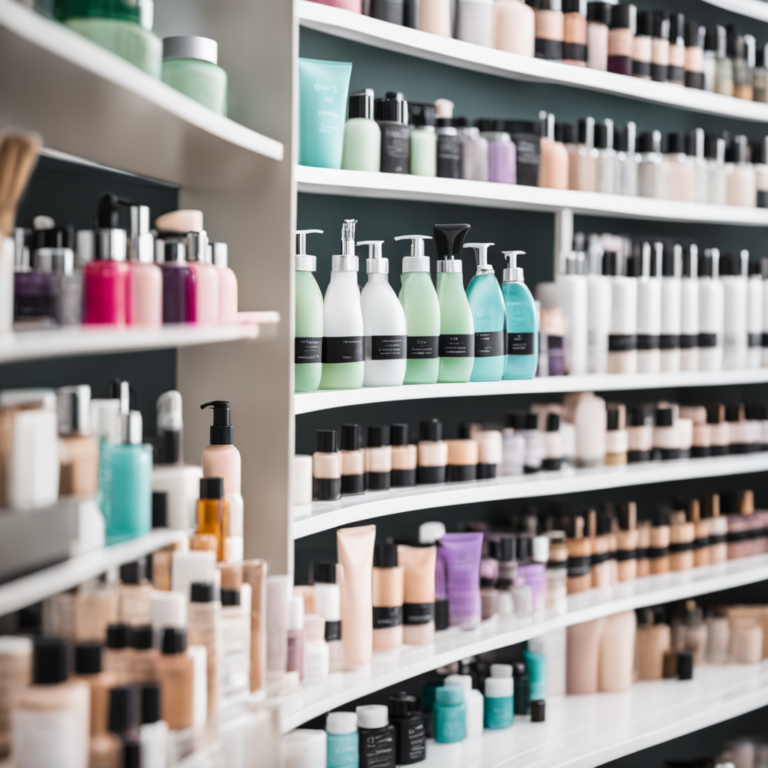Introduction
Per- and polyfluoroalkyl substances (PFAS) are synthetic chemicals found in many everyday products due to their water and grease-resistant properties. Often called “forever chemicals,” PFAS persist in the environment and can accumulate in our bodies, potentially leading to health issues like hormone disruption and increased cancer risk. Thus making it important to learn how to avoid PFAS.
Common places for PFAS
The danger and prevelance of PFAS has garnered a lot of attention. The Focus is primarily on what consequences can ocurr but we want to shed light on how to avoid PFAS. This blog post will guide you on practical steps to reduce your exposure to PFAS, helping you make informed choices to protect your health and the environment.
1. Non-Stick Cookware
Non-stick pots and pans often use PFAS-based coatings, such as Teflon, to prevent food from sticking and to make cleaning easier. Over time, these coatings can break down and release PFAS into the environment and food.

2. Water-Repellent Outdoor Gear
Outdoor apparel like jackets, pants, and boots often use PFAS treatments to repel water and stains. This includes products marketed as “Gore-Tex” or similar water-resistant materials.

3. Food Packaging
PFAS are used in food packaging to prevent grease and oil from soaking through. Common items include fast-food wrappers, microwave popcorn bags, pizza boxes, and paper plates.

4. Stain-Resistant Fabrics and Carpets
Carpets, upholstery, and other fabrics treated with stain-resistant coatings often contain PFAS. These products are popular in homes, offices, and vehicles for their durability and ease of cleaning.

5. Cleaning Products
Certain cleaning agents, particularly those designed to clean carpets and upholstery, may contain PFAS. These chemicals help in creating a barrier that repels stains and water.

6. Cosmetics and Personal Care Products
Some cosmetics, especially long-lasting or waterproof makeup, contain PFAS to enhance their durability and water resistance. This includes foundation, mascara, and sunscreen.

7. Firefighting Foams
Aqueous film-forming foams (AFFFs) used in firefighting, particularly at airports and military bases, contain PFAS. These foams are highly effective at extinguishing fuel fires but have contributed to significant environmental contamination.

8. Water-Repellent Treatments for Vehicles
PFAS are also found in treatments for car interiors and exteriors to provide stain and water resistance. This includes waxes and coatings for paint and fabric protectors for seats.

How to avoid PFAS Exposure
Reducing PFAS exposure involves being mindful of the products you use:
- Opt for PFAS-free cookware, such as cast iron or stainless steel.
- Choose outdoor gear labeled as PFAS-free.
- Avoid fast-food packaging and prepare meals at home.
- Look for carpets and fabrics without stain-resistant treatments.
- Check the ingredients of cosmetics and personal care products for PFAS-related chemicals.
- Support and advocate for the use of PFAS-free firefighting foams.
Conclusion
PFAS are found in many everyday products, from non-stick cookware and water-repellent outdoor gear to food packaging and cosmetics. Being aware of these sources can help you make informed choices to reduce exposure. Opting for PFAS-free alternatives and supporting regulations to limit PFAS use are crucial steps towards a healthier lifestyle and environment. By understanding where PFAS are commonly found, we can take proactive measures to protect our health and reduce environmental pollution.
To stay updated and healthy click here to subsribe to our newsletter for latest news and offers for free:

Pingback: Discover the TOP 8 Best PFAS Free Water Bottles - The Chemeleon